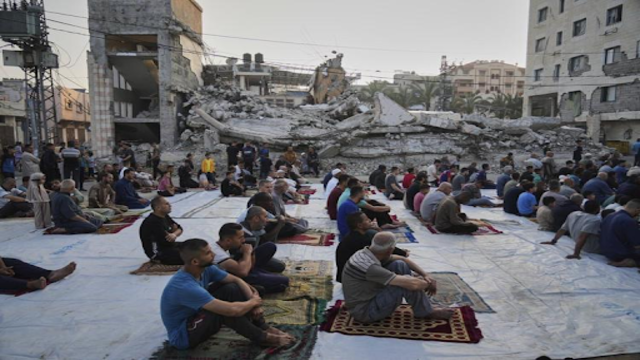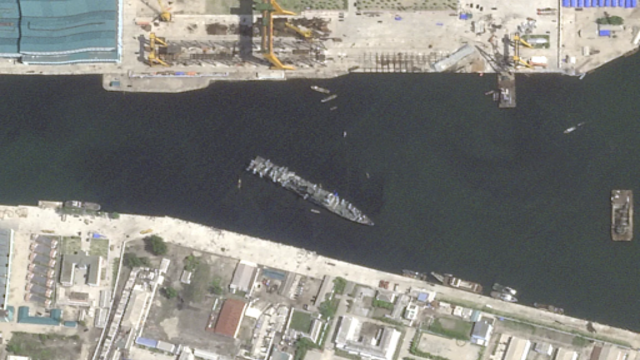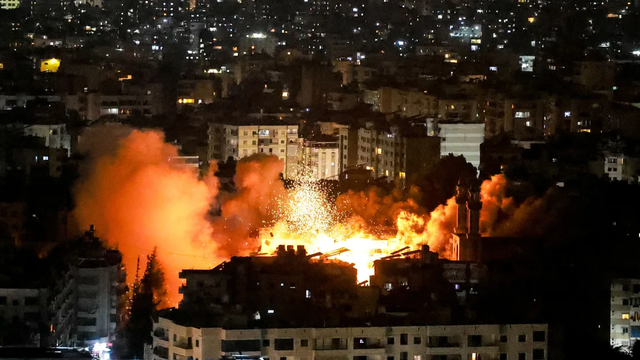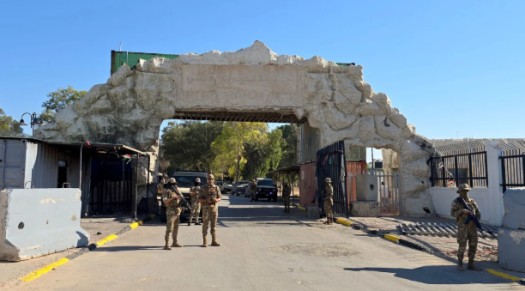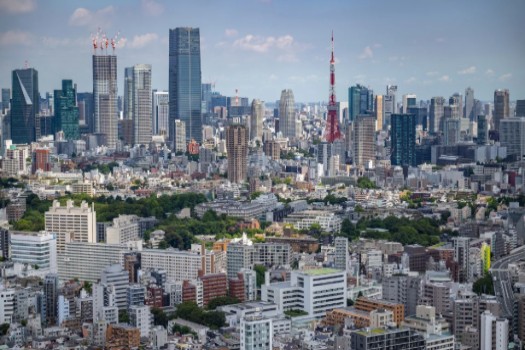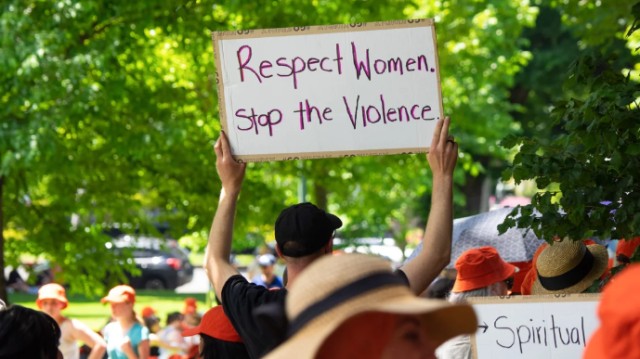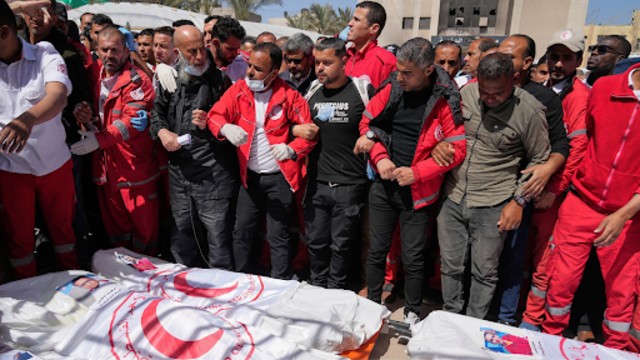
Mourners gather as 8 Red Crescent responders’ bodies are recovered. CNN
The Israeli military has acknowledged that "professional failures" contributed to the deaths of 15 Palestinian medics and first responders in Gaza in March. The victims, mostly members of the Palestine Red Crescent Society (PRCS), were killed before being buried in a mass grave, prompting widespread condemnation.
An investigation by the Israeli Defense Forces (IDF) revealed several mistakes during the incident, including breaches of orders and failure to report the event properly. However, the IDF defended the actions of the soldiers involved, claiming they acted based on a “chain of mistakes” but asserting there were no ethical breaches.
Brigadier General Effie Defrin, the IDF’s spokesperson, said the soldiers did not fire indiscriminately. They believed they were responding to a "tangible threat" in an “operational misunderstanding.” Despite this, the investigation led to disciplinary actions. The commanding officer of the 14th Brigade received a letter of reprimand, while the deputy commander of the Golani Reconnaissance Battalion was dismissed. The deputy commander had ordered the attack on the convoy and fired at it himself. He was also criticized for providing an incomplete and inaccurate report of the incident.
The incident occurred on March 23. The IDF initially claimed that the convoy of ambulances and Civil Defense vehicles was driving suspiciously, without headlights or emergency signals. However, video footage recorded by one of the emergency responders showed that the vehicles were clearly marked and had their lights on, contradicting the IDF’s earlier claims. The IDF later admitted that poor visibility led to the failure to recognize the ambulances at first.
Six of those killed were later identified as Hamas terrorists, but the military did not provide evidence to support this claim, raising questions about whether the soldiers had confirmed whether militants were present before opening fire. The situation escalated when Israeli troops also targeted a United Nations vehicle, killing a 15th person. The investigation confirmed this was another case of “operational errors” and a breach of regulations.
The IDF explained that the troops fired at the convoy three times. In the first incident, they targeted a vehicle they believed belonged to Hamas, killing two Palestinians. An hour later, they opened fire on the convoy, killing 12 more. A third incident involved firing at a UN vehicle, which was also mistaken for a threat. The military later acknowledged that some of the actions violated orders and were based on faulty assumptions.
Despite the investigation, the Israeli military’s top brass, including Major General Yoav Har-Even, defended the actions of the commanders and did not recommend any changes to the IDF’s combat policies. Har-Even described the attack as a mistake but insisted the commanders followed proper protocols.
The Palestine Red Crescent Society criticized the Israeli investigation, pointing out contradictions in the military’s statements and accusing them of lying. The group claimed that the attack amounted to a war crime under international law.
In response to the deaths, the IDF promised to reinforce protocols regarding the safety of rescue teams and medical personnel operating in combat zones. However, questions remain about the accuracy of the military’s account of the events.



